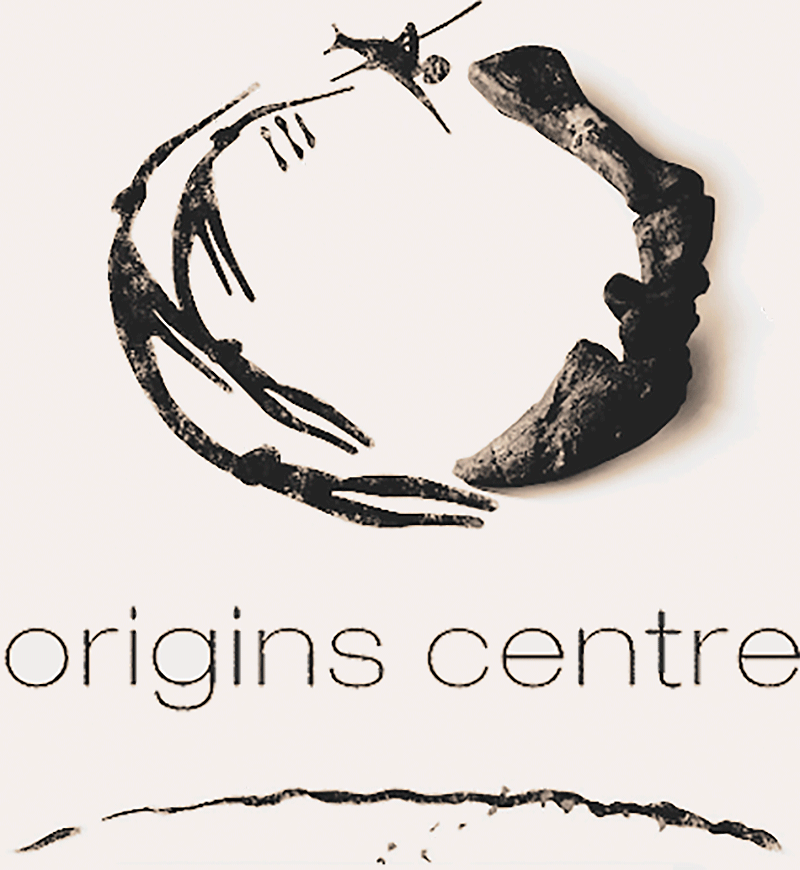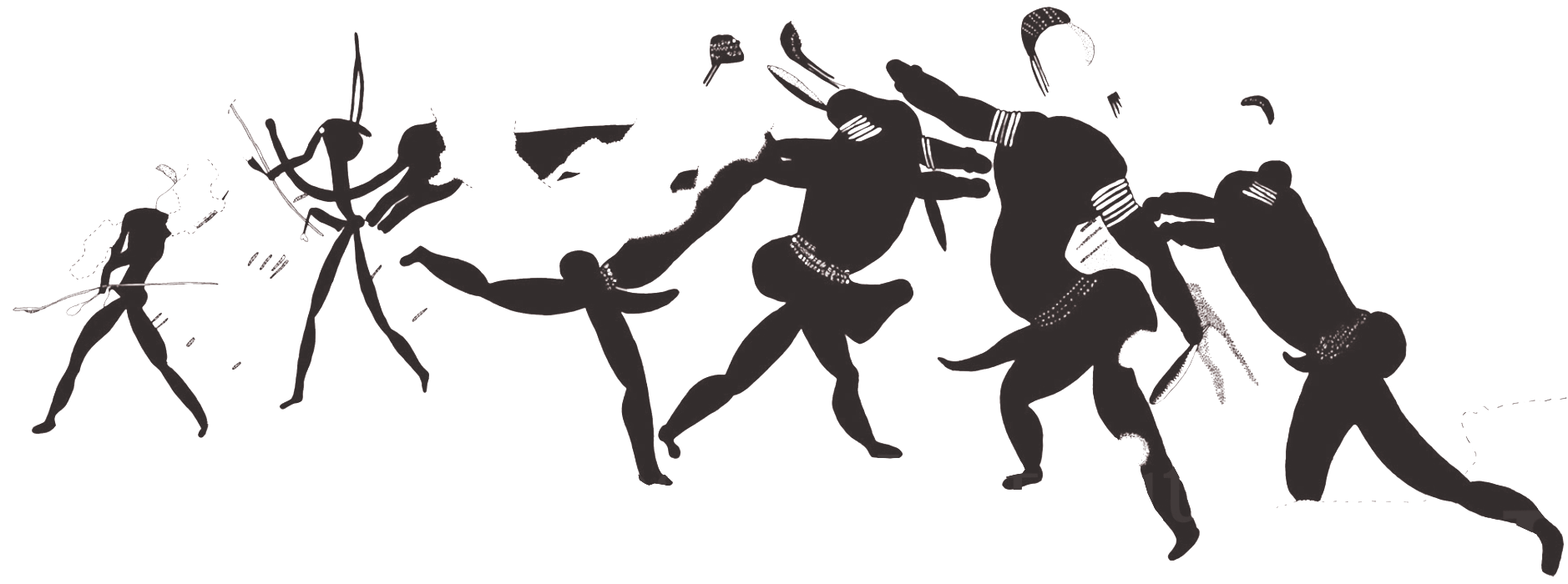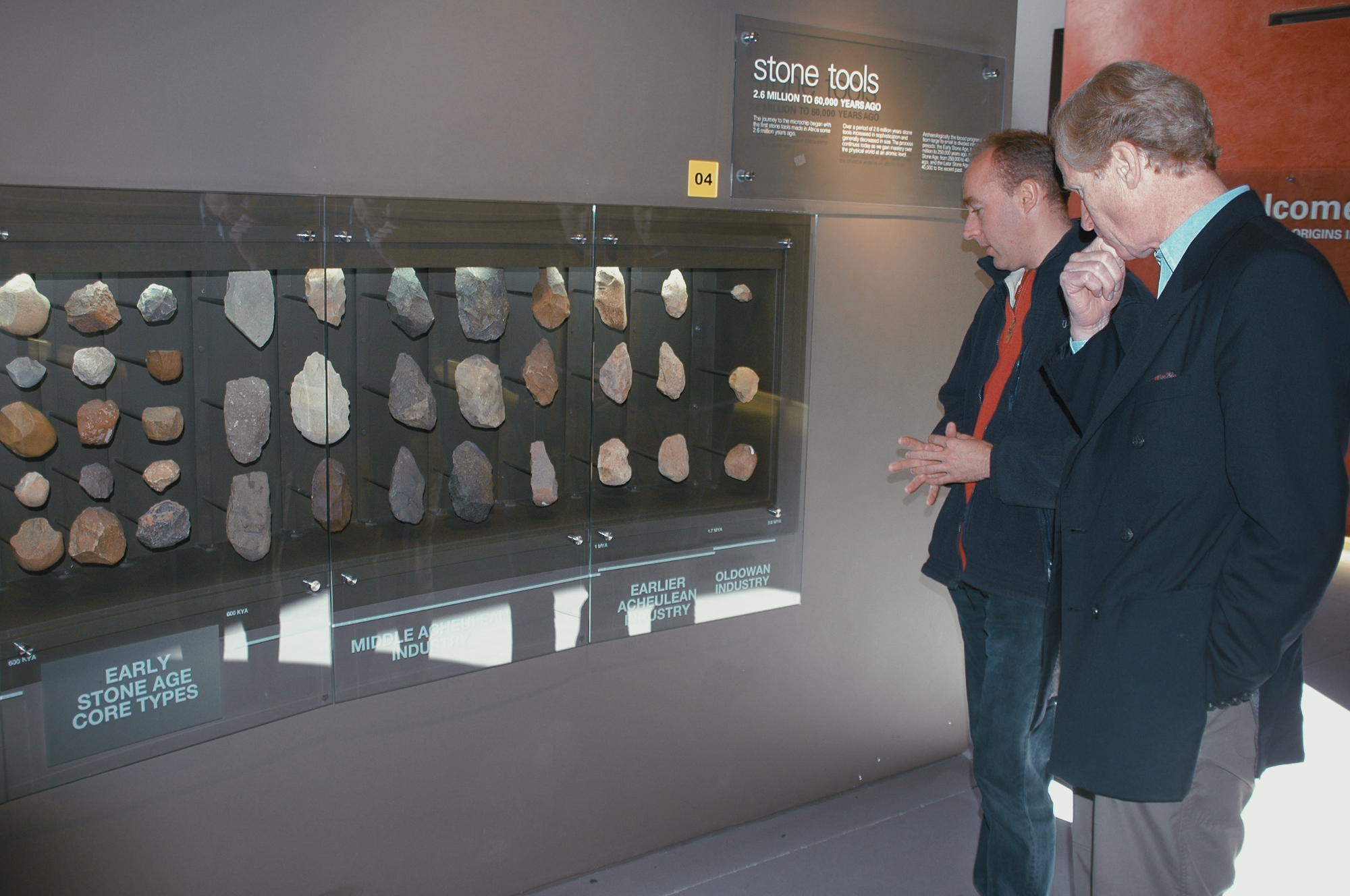




Opened by President Thabo Mbeki in 2006, the Origins Centre is dedicated to exploring and celebrating the history of modern humankind.
It contains evidence of ancient stone tools, artefacts of symbolic and spiritual significance, and examples of the region’s visually striking rock art. It also captures the impact of the colonial front and highlights examples of resistence.
The Origins Centre boasts an extensive collection of rock art from the Rock Art Research Institute (RARI at Wits, affording visitors the opportunity to view some of the richest visual heritage found in South Africa and to learn about its history and meaning.
Genetic evidence suggests they are one of the oldest, if not the oldest, peoples on the planet. They have genetic traces that no one else in the world has, that put them at the root of the human tree. We are related to them, but they are not as closely related to us. They have unique markers that we don’t have.
They were traditionally hunter-gatherers, and their kinship/tribe system reflects their interdependence as traditionally small, mobile foraging bands. Their gathering gear was simple yet highly effective: a hide sling, blanket, and cloak, called a kaross, to carry foodstuffs, firewood, smaller bags, a digging stick, and perhaps a smaller version of the kaross to carry a baby. Women would gather - fruits, nuts and roots - and men hunted, mainly various kinds of antelope, using poison arrows and spears in days-long excursions. Leisure was very important to the Bushmen. They spent large amounts of time with conversation, music, and sacred dances.
In terms of archaeology, we have a seemless stone tool tradition and a seemless art tradition, going back 27,000 years with the 'Apollo 11' stones. Indeed, the San have one of the longest continuing art tradition in the world.
The general features of southern African San art are explained in terms of concepts that pervade the cognitive systems of San people from all areas. Amongst all San groups the most important ritual is the Great Dance. In this dance, through trance, the San say that they harness a kind of spiritual power that is like electricity.
They use this power for things such as healing, hunting, removing societal tensions and making rain. It is aspects relating to this dance that are pervasive in San rock art, partly because this dance was of such great significance to the San, but more importantly because the act of making rock art seems to have been part of the process by which San ritual specialists harnessed and shared the power of the dance.

Rock art images depict aspects of the dance, most often just fragments of it rather than entire dance scenes. We see individuals or small groups of dancers bending forwards, wearing dancing rattles, holding wildebeest tails or dancing sticks and bleeding from the nose; these are all features particular to the dance.
Around these fragments of the dance are placed animals, but not just a random selection. Those animals that have special supernatural potency are the ones particularly chosen and repeated often. It is from these animals that the San say they draw power in the dance and the rock art sometimes shows this. Lines of power connect animals to dancers in the art. Moreover, dancers are regularly depicted taking on features of powerful animals such as their hooves or heads. The art also shows the magical other-worldly things such as rain-animals, monsters and spirit people that are encountered by dancers on their out-of-body vision journeys.
We thus understand San art as a deeply spiritual art, one that harnesses and shares with others the power of successive generations of San spiritual experience and enlightenment.
→ South Africa Rock Art Archive
→ South Africa Rock Art Gallery
→ San Rock Art of the Drakensberg
→ RARI - Rock Art Research Institute
→ ARADA - African Rock Art Digital Archive
→ San Rock Art of the Drakensberg
→ Africa's World Heritage Sites
→ SARAP: Southern African Rock Art Project
→ A Map from the Memory of the World
→ Explore Cederberg rock art from your home
→ Early masterpieces: San hunter-gatherer shaded paintings of the uKhahlamba-Drakensberg
→ A Painted Treasure
→ Origins Centre
→ Animals in Rock Art
→ Reflecting Back: 40 Years Since ‘A Survey of the Rock Art in the Natal Drakensberg’ Project (1978-1981)
→ San rock art exhibition at the National Museum & Research Center of Altamira
→ Interview with Dr Ben Smith
→ African Rock Art Archive
→ Bradshaw Foundation
→ Rock Art Network





















